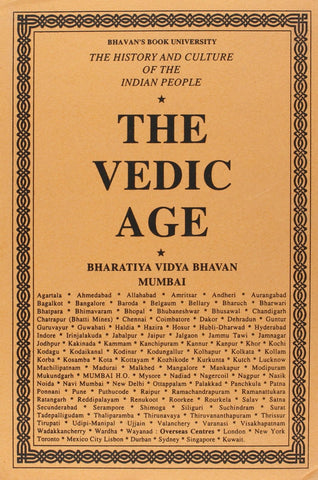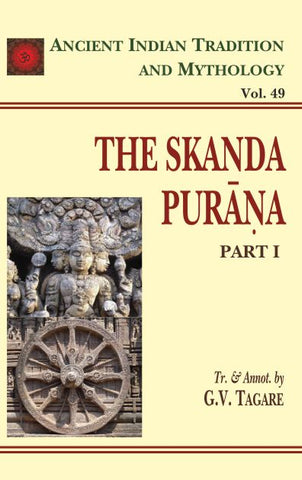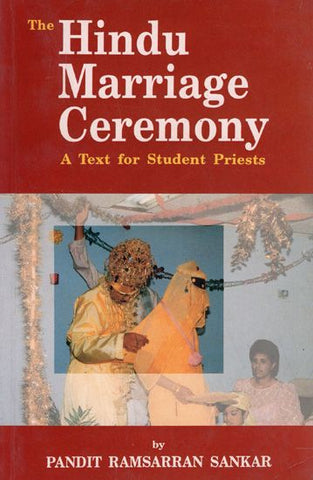Your cart is empty now.
Yasastilaka by Somadeva, composed in CE 959, is a Jaina religious romance written in Sanskrit prose and verse. It is notable as an encyclopaedic record of literary, socio-political, religious and philosophical data that throws light on the cultural history of the Deccan in early medieval India. This volume presents a critical study of the work, providing a comprehensive picture of the life and thought of the time of Somadeva. It begins with a discussion on Somadeva and his age and gives a synopsis of Yasastilaka. It examines the Yasastilaka as a prose and a religious romance, a socio-political record and as an anthology of Sanskrit verse. The book discusses various philosophical doctrines in Indian thought. With many detailed references and footnotes, it reveals the Yasastilaka as a work that expounds the cardinal teachings of Jainism. It throws light on Jaina dogmatics, religious poetry, moral and religious stories, and myths and legends in the process of examining the work. The volume also has supplementary notes incorporating the results of studies on Somadeva’s relations with the Vemulavada Calukyas and the locality in which he wrote his masterpiece.
Prof. Krishna Kanta Handique (1898-1982) was a noted Sanskritist and one of the foremost educationists of modern India. He was the founder-principal of the J.B. College, Jorhat (Assam) which was the first non-government degree college of north-east India. Among his many contributions as an Indologist are his acclaimed first-ever English translation of the famous Naisadhacarita of Sriharsa, English translation of Setubandha of Pravarasena and a detailed study of Somadeva’s Yasastilaka.
Sanskrit has been a perennial source of wisdom and intellectual discourse. The literature of this language has also served as a vibrant storehouse of knowledge-systems and information on cultural achievements. In fact, the study of this literature is an essential prerequisite for understanding the development of Indian society and culture.
In his History of Dharmasastra, Mahamahopadhyaya Purushottam Vaman Kane presented a most monumental work on ancient texts of law as sourcebooks for Indian culture. Prof. V.S. Agrawal, in his India as Known to Panini, established the paradigms of the cultural study of a stric work in Sanskrit—the Astadhyayi—a text that is definitely one of the most miraculous intellectual accomplishments in the history of human race. Prof. B.S. Upadhyaya and some other scholars have attempted studies of the works of Kalidasa and other poets as sourcebooks for Indian culture and civilisation, still others have taken up similar studies of the texts by Yaska and Patanjali. However, Sanskrit classics produced in first two millenniums of ct have remained by and large unexplored from the point of view of cultural studies. Prof. K.K. Handiqui, one of the most distinguished Sanskrit scholars of modern times, not only made a fruitful attempt to bridge a gap in the cultural studies of Sanskrit texts in his Yasastilaka and Indian Culture, he also joined the glorious line of stalwarts like Mahamahopadhyaya Purushottam Vaman Kane and Prof. V.S. Agrawal by presenting another landmark of the study in Sanskrit literature as source for cultural history. In fact, Yasastilaka of Somadeva, a campu kavya composed in tenth century Ace, is really the Yasastilaka—auspicious mark on the forehead—of India’s culture. It establishes Indian culture as a vibrant continuum enriched by numerous tributaries. A cultural study of Yasastilaka becomes especially significant considering the fact that this text by Somadeva belongs to the other traditions—the traditions of Jainism and the sramanas, that have made equally enormous contribution to the growth of Indian culture.
A scholar of extraordinary accomplishments from Assam, Prof. K.K. Handiqui here presents a remarkable study of work of Somadeva—an author—who flourished in the southern parts of our country nearly one thousand years back. The work not only provides a first-hand knowledge of cultural organisations and genesis of various systems of law, administration and governance, it has really become an encyclopaedia of ancient Indian traditions and the milieu.
In the eighteen chapters of this book, Prof. Handiqui has covered all the aspects of Indian Culture as visualised through Somadeva’s magnum opus — historical, geographical, religious, philosophical and archaeological; he also interprets various cults, customs and beliefs that prevailed during Somadeva’s period, providing us an authentic account of the life and times of the author under study. Prof. Handiqui not only presents a revision of paradigms for the cultural study of an ancient text, his work also provides a literary analysis of Yasastilaka as a prose romance, bringing out Somadeva’s excellence as a poet. This study is marked with a vivid account of moral dilemmas and intellectual dialogues and debates between various philosophical systems not only of a century but of the first millennium Ace.
Marked with an amazing accuracy and analytical acumen, studies by Prof. Handiqui present correct documentations of institutions and systems related to the culture of an era. His analysis of inspirations and other records is epigraphically validated. In his note on the ‘Kalamukha’ Prof. Handiqui discovers an important and unknown sect, and with his authentic study of Calukyan temples, brings out salient features of temple architecture and sculptures with illustrations. As a critique on Indian culture, this study brings out both glories and achievements of our ancestors, and it unhesitatingly takes notice of shortcomings and drawbacks as well.
Through this study, Prof. K.K. Handiqui has successfully established Somadeva’s times as one of the most flourishing periods in the literary, social and cultural history of India, and his analysis of various facets of Indian culture as envisaged through Yasastilaka presents issues that are still relevant. In fact, Yasastilaka of Somadeva also presents a study in human psychology and the contradictions of Indian society that have wrecked the age. It is interesting to note that Girish Karnad, a celebrated Kannad author of our times, has based one of his well-known plays on Somadeva’s work.
I am happy to present this brilliant exposition of Yasastilaka and one of the most voluminous works on cultural study of a Sanskrit text by Prof. K.K. Handiqui. The first edition of this work was brought out by Prof. A.N. Upadhye, a veteran scholar himself, through the Jam Sanskrit Samrakshaka Samgha of Sholapur. The second edition appeared in 1968. The work has not been easily available for so many years, and this publication will hopefully fulfill a long-felt demand in the scholarly world.
I am extremely grateful to Mrs. Ahalya Gogoi for having taken pains to make this work available to Rashtriya Sanskrit Sansthan and giving us permission to produce this new edition. I specially want to thank Shri Susheel Mittal and the D.K. Printworld for collaborating with the Rashtriya Sanskrit Sansthan in bringing out this important treatise and for their meticulousness in carrying out the printing work. I am confident that the publication of this work will further stimulate the study of Sanskrit literature as source for history and culture.
The present edition is a reprint of the first edition published about twenty years ago. Circumstances have prevented me from undertaking a revision, but I have added supplementary notes incorporating the results of recent studies on the relations of the Lemulavada or Vemulavada Calukyas with Somadevasuri and the locality in which he wrote his masterpiece Yaasti1aka and other works. A brief note on the Eastern Calukyan temples, based on Dr. M. Rama Rao’s interesting monograph on the subject, has also been added to supplement the information brought together in Appendix III.
The early publication of this edition is entirely due to the enthusiasm and keen interest of my esteemed friend Dr. A.N. Upadhye. I offer my sincere thanks to Dr. B. Rama Raju of Hyderabad for sending me information about some of the places dealt with in the supplementary notes and drawing my attention to Sri. S. Gopalakrishna Murthy’s monograph Jain Vestiges in Andhra.
Somadeva’s Yasastilaka was composed in 959 A. D. somewhere in the area corresponding to modern Dharwar and the westernmost districts of Hyderabad State. It is a Jaina religious romance written in Sanskrit prose and verse, but more important as an encyclopedic record of literary, socio-political, religious and philosophical data, valuable for the study of the cultural history of India, and particularly of the Deccan, in the tenth century and thereabouts, when the Rastrakuta empire still held sway in that part of the country. The object of the present volume is a critical study of the work; and if we have often gone far outside the limits of the text, it was only to give a more comprehensive picture of the life and thought of the times with reference to antecedent and subsequent factors in Indian cultural development.
The Sanskrit text was published long ago by the Nirnaya Sagar press in two volumes of a little over a thousand pages with the commentary of Srutasagara. The second volume of the work appeared in 1903, and the second edition of the first volume in 1916. A voluminous Jaina text composed in a difficult style could hardly be expected to be popular even with advanced students of Indian literature. To add to our difficulties, the commentary, which is our only guide to the work, breaks off at p. 244 of the second volume; and the printed text was found to be far too defective to admit of a critical study of the work.
To obviate these difficulties, I have utilized the following manuscripts of the text kindly lent by the Bhandarkar Oriental Research Institute, Poona:1) Ms. A No. 230 of 1902-07, folios 434; 2) Ms. B: No. 752 of 1886-92, folios 391; 3) Ms. C: No. 274 of A. 1883-84, folios 341; and 4) another incomplete manuscript of the work. Of these Ms. A is the most important. It is not only correct but contains valuable marginal notes which have been of great use in studying the text, specially the portion dealing with Jaina doctrines, on which the commentary is not available. Notes from Ms. A have been incorporated in the present work; and, here and there, a line or a verse omitted in the printed text has been added from the manuscripts in the footnotes. In fact, nearly all the quotations from Somadeva’s Yasastilaka in the present volume have been collated with the manuscripts, especially A.
I am grateful to Dr. A. N. Upadhye, Kolhapur, for his generous and voluntary offer to publish this work on behalf of the Jaina Samskrti Samraksaka Samgha of Sholapur. The munificence of the Samgha has made the publication possible in a comparatively short time, but the work would not have appeared in a presentable form without Dr. Upadhye’s tireless efforts.
Dr. V. Raghavan of Madras University was kind enough to send me an offprint of his interesting paper Gleanings from Somadevasuri’s Yasastilaka Campu published in Ganganatha Jha Research Institute Journal (February-August, 1944). Dr. Raghavan refers in his paper to the unpublished commentary of Srideva on the text. It is a fragment of 34 leaves preserved in the Bhandarkar Oriental Research Institute, and its existence was not known to me at the time of borrowing the manuscript mentioned above.
I am indebted to my friend Prof. P. K. Gode, Curator, Bhandarkar Oriental Research Institute, for help in connection with manuscripts, and especially for carefully made copies of articles and papers otherwise inaccessible to me. The photographs of the sculptures relating to the ancient Jaina Stupa of Mathura were a gift from Dr. Vasudev Agrawala when he was Curator of the Provincial Museum, Lucknow. The Saiva sculpture preserved in the Rajputana Museum, Ajmer, is reproduced in this book with the kind permission of the Archaeological Survey of India. My sincere thanks are due to Sj. Brajendra Kumar Acharya, Lecturer in Bengali, Cotton College, for compiling the General Index.
Delivery and Shipping Policy
- INTERNATIONAL SHIPPING
- Rs.1000-1100/kg
- ESTD. Delivery Time: 2-3 weeks (depending on location)
- Bubble Wrapped with Extra Padding
- NATIONAL SHIPPING
- NCR: Rs. 30/half kg
- Standard: Rs. 80/half kg
- Express shipments also available on Request
- ESTD. Delivery Time: Ranging from 1-4 days up to 7 business days (Depending on your choice of Delivery)
- TRACKING
- All orders; national or international, will be provided with a Tracking ID to check the status of their respective orders
- Depending on the Shipping Service, Tracking ID may be used on their respective tracking portals
Frequently Asked Questions (FAQs)
Domestic Shipping: 3-4 Days (after shipping)
International Shipping: 1-2 weeks (based on your location)
You will receive an email once your order has been shipped or you can email us if you didn't receive tracking details (info@mlbd.co.in)
Every book that we sell is the latest edition except all the rare books
Yes, we do provide free shipping, only on domestic orders (within India) above Rs.1500


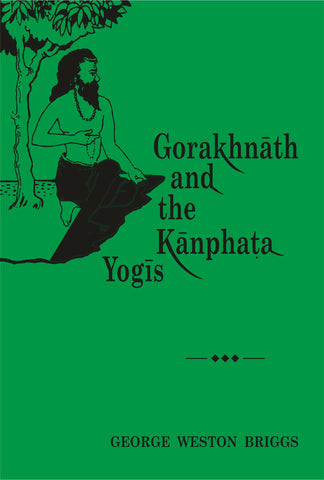
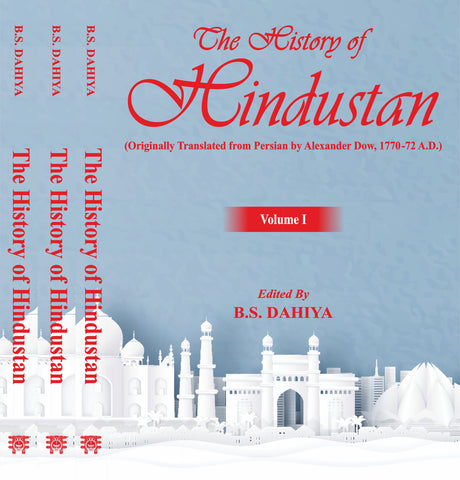
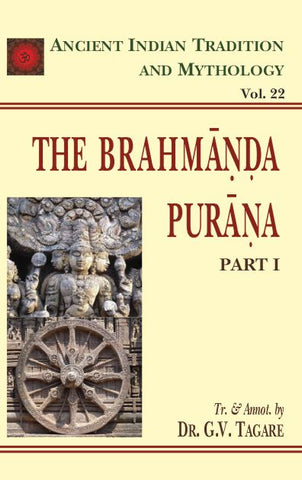
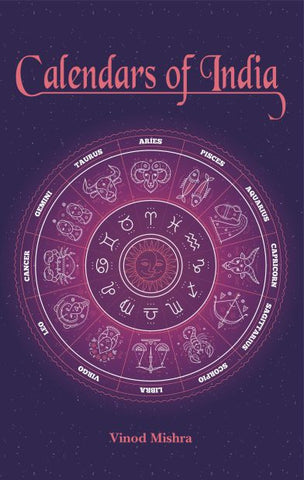
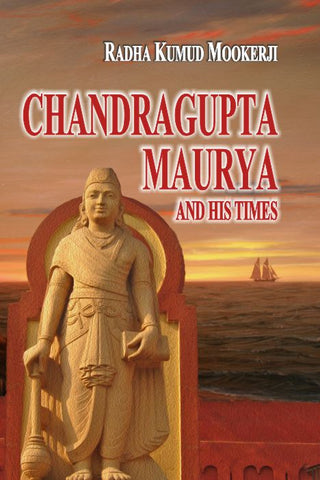
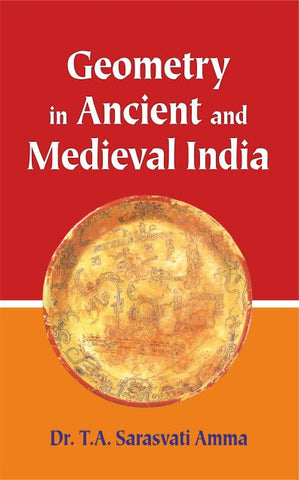
![A HISTORY OF INDIAN PHILOSOPHY [5 VOLUMES] by Surendranath Dasgupta](http://www.motilalbanarsidass.com/cdn/shop/products/HISTORYOFINDIANPHILOSOPHY_large.jpg?v=1675238163)
